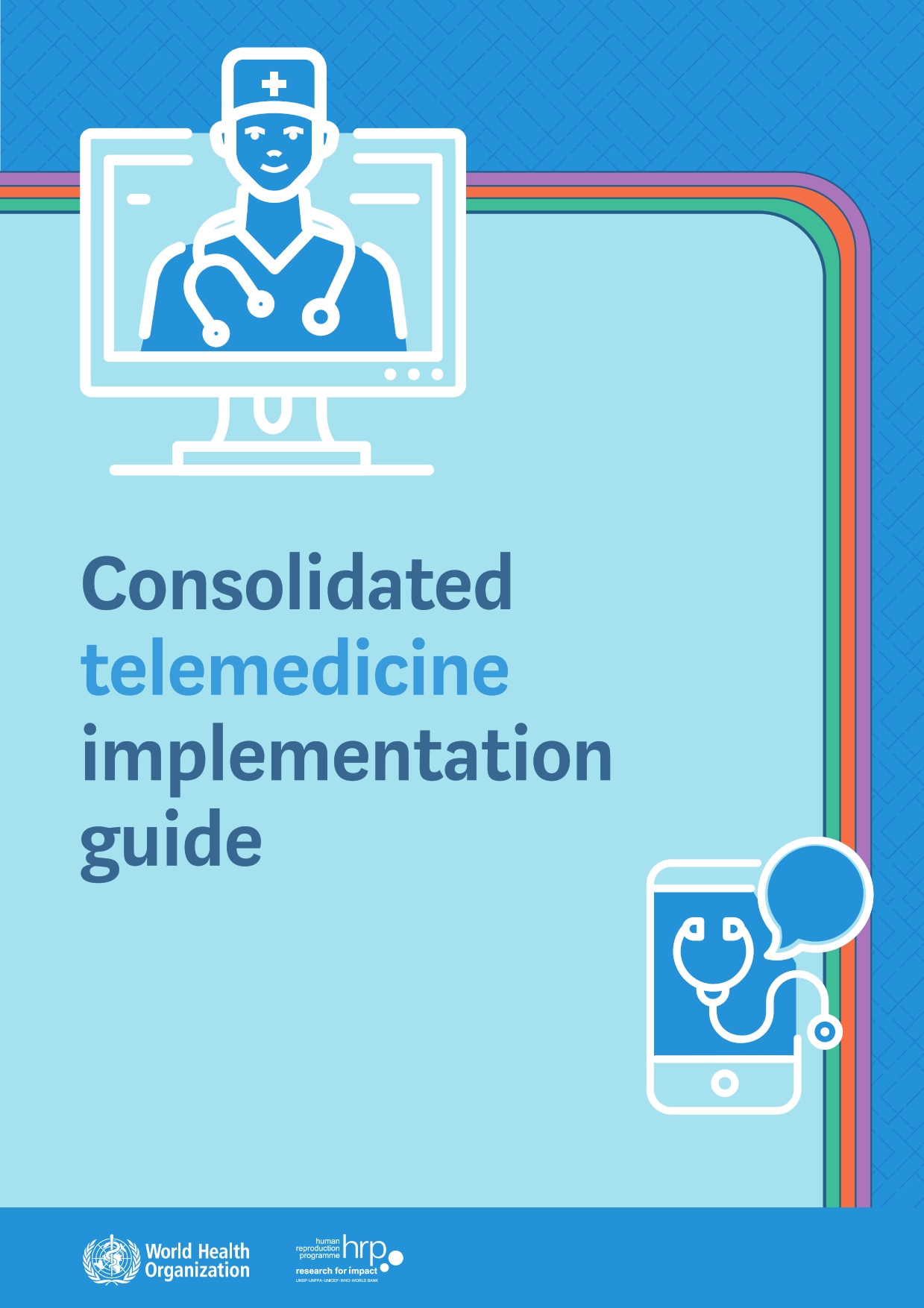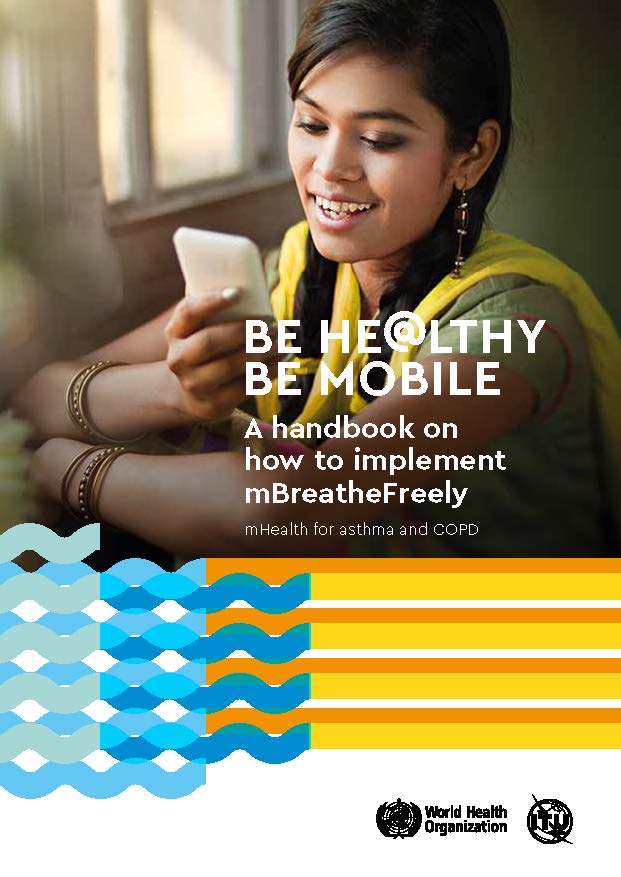
Consolidated telemedicine implementation guide
Publication date: 2022
Telemedicine, which involves providing healthcare services remotely, has the potential to improve clinical management and expand access to services. The COVID-19 pandemic has intensified interest in telemedicine, leading to a growing demand for its implementation. This guide offers a comprehensive overview of the steps and factors to consider when implementing telemedicine, combining insights from the COVID-19 pandemic and WHO resources from the past decade. The goal of this guide is to be a constantly evolving resource, helping countries at various stages of their telemedicine journey by providing a detailed investment plan and supporting them in the planning, implementation and maintenance processes.

Advancing Be He@lthy, Be Mobile in the Eastern Mediterranean Region: Combating NCDs through mobile technology
Publication date: 2021
This document, developed by the WHO Regional Office for the Eastern Mediterranean, gives information about Be He@lthy, Be Mobile, which is a global mobile health (mHealth) initiative, led by WHO and the International Telecommunication Union. It contains six sections: (1) mHealth for noncommunicable diseases (NCDs); (2) benefits of mHealth; (3) aims of mHealth; (4) implementation of mHealth programmes; (5) examples of mHealth; and (6) FAQs.

Mobile Health for Asthma and Chronic Obstructive Respiratory Disease (mBreatheFreely)
Publication date: 2018
The use of mobile technology including short message service (SMS), mobile phone applications (apps), and telemedicine is increasingly considered as a way to improve access to prevention, diagnosis and management of chronic obstructive pulmonary disease (COPD) and asthma. As a result, mHealth is increasingly promoted as a strategy to support self-management of both asthma and COPD. The mBreatheFreely programme was designed as a population-based programme that uses mHealth to provide health information and support to people living with asthma and COPD. The main target populations are persons with asthma or COPD (diagnosed and undiagnosed), persons with risk factors for asthma or COPD (e.g., smoking, biomass smoke exposure), health care workers, and caregivers (e.g., parents of children) of persons with asthma or COPD.


